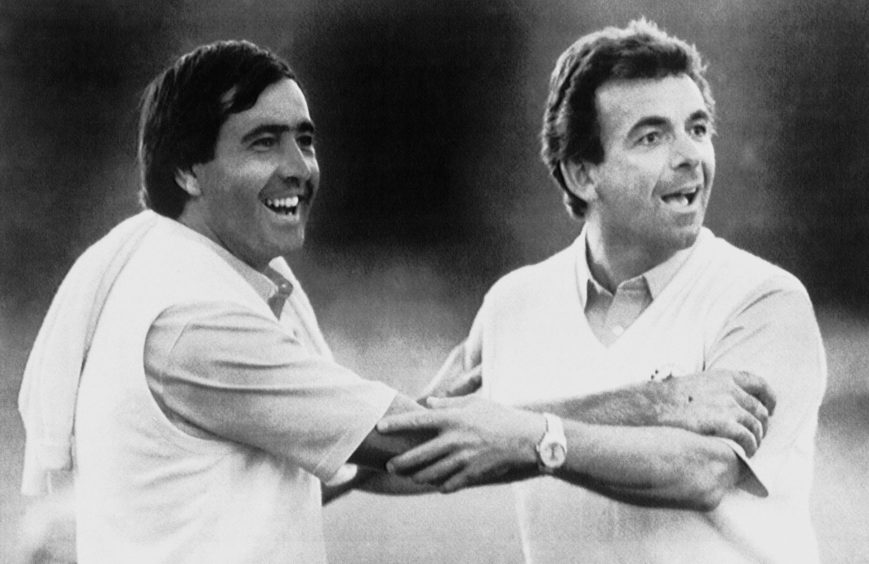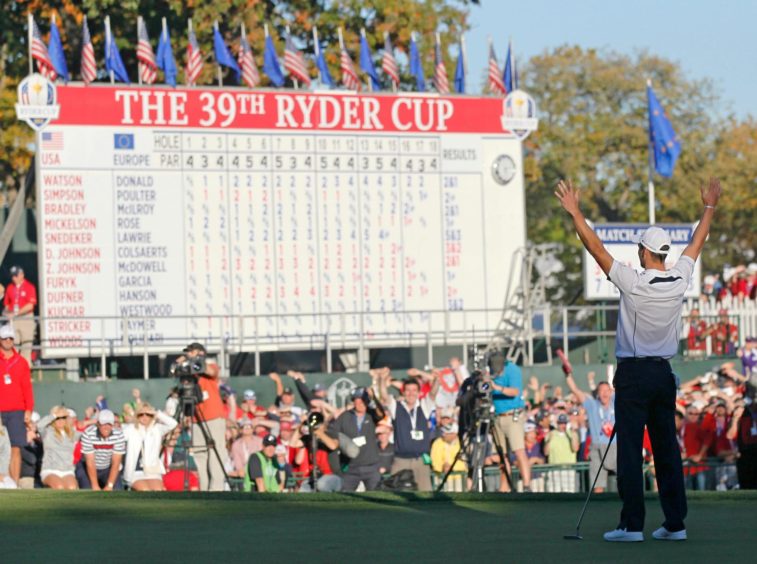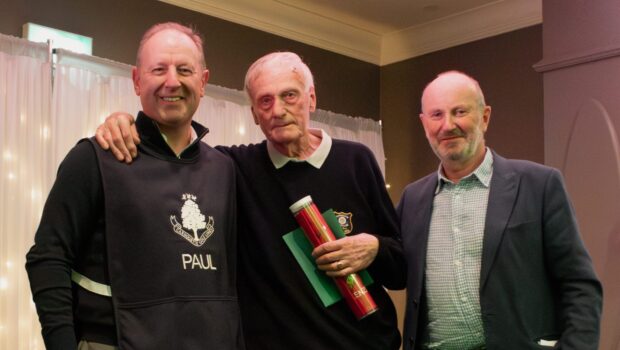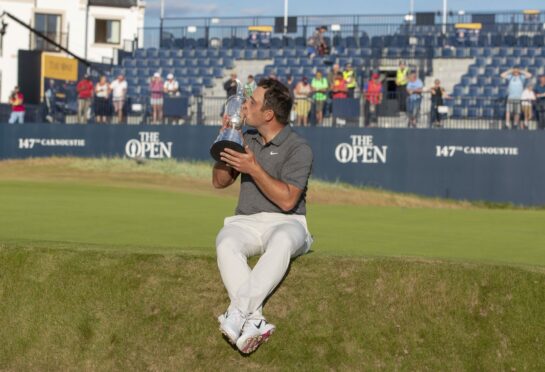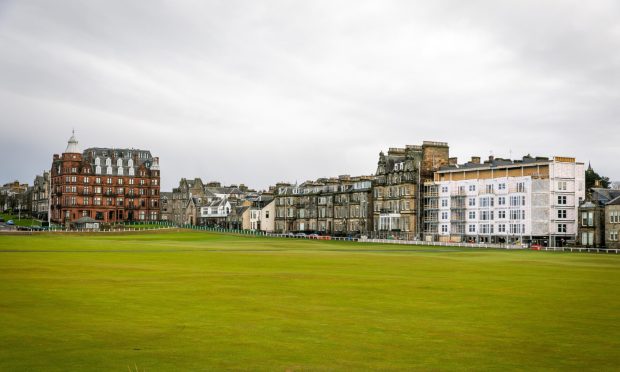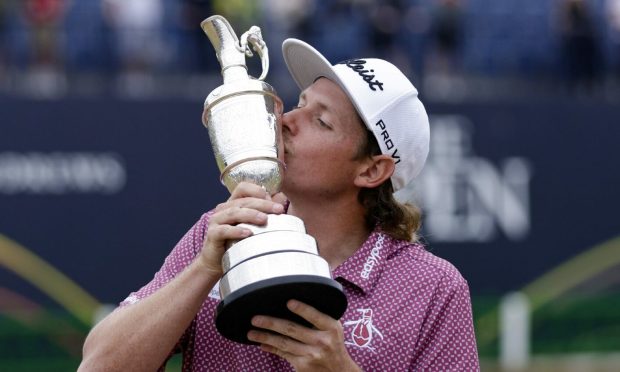Though European Tour HQ at Wentworth has lost a lot of staff in the pandemic, it’s reassuring to see that the social media department is still on its game.
Their latest offering, “Angry Golfers”, went viral through golf twitter over the weekend. A spin-off from the classic “Content Committee”, it pokes fun at two new stars, Tyrrell Hatton and Matt Wallace, and their reputation for being fiery on course.
New season, new attitude.
Introducing #AngryGolfers 😡 pic.twitter.com/Aqe3scV7cq
— The European Tour (@EuropeanTour) January 22, 2021
Staged like an Alcoholics Anonymous meeting, chair Tommy Fleetwood offers the sage advice “if you’re feeling glum, pop up a thumb”. There are cameos from various stars until, predictably, it’s the always-calm Fleetwood who loses the rag at the end.
Euro Tour’s social media way ahead
The Tour’s social media output is far in advance of just about every other sporting – not just golf – organisation. The top players buy in completely, it seems, which is really what makes it work so well.
How much do they buy in? After missing a putt and looking furious at Abu Dhabi at the weekend, Wallace stomped away and then – hilariously – gave the thumbs-up.
Those #AngryGolfers classes are really working…
Exhibit B: @mattsjwallace 👍#ADGolfChamps #RolexSeries pic.twitter.com/loZVJIrQMT
— The European Tour (@EuropeanTour) January 23, 2021
This ability to not take themselves too seriously, some think, extends over European Tour life as a whole, even to the summit of achievement for a member – the Ryder Cup.
The self-effacing nature of the players in the twitter output is what some call the “special sauce” in the European team room – why they defy the odds against an invariably stronger US team (on paper).
Alan Shipnuck, formerly of Sports Illustrated and now of golf.com, originated the special sauce theory after he suffered a very public humbling in Paris in 2018.
This U.S. team is so deep/talented/cohesive they're gonna ruin the Ryder Cup, too. I fear a decade+ of American blowouts.
— Alan Shipnuck (@AlanShipnuck) October 1, 2017
Shipnuck had written an article in 2017 convinced that the young talent available to the US was so strong – and so united – that they would dominate in Paris and for as much as a decade after.
It was click-bait, but not an unreasonable view – the 2018 US team was one of the youngest and strongest ever. The article predictably became motivation for the European team room.
Unity splintered in defeat
After the rout at Golf National, the US team “unity” splintered spectacularly. Shipnuck was singled out at the victory press conference by a gleeful Rory McIlroy.
Eating his humble pie heartily, Shipnuck wrote that the European team had special sauce the Americans didn’t have.
I kind of agree, but I don’t think it’s social media videos. I also don’t think it’s that Europeans are really that much more self-effacing than Americans. Plenty of visiting PGA Tour players have appeared in Euro Tour twitter videos sending themselves up.
The old explanation that the European Tour players are more of a united social group than the room-service ordering, individualistic Americans used to be true but not now.
Three quarters of the European team play full-time on the PGA Tour these days. The idea that it’s the clubby nature of the European Tour that binds the team is dubious now.
No longer the underdogs
Underdog spirit? Since the breakthrough of Tony Jacklin’s team in 1985, the score in Ryder Cups played is Europe 11, USA 5, with one half. We’re surely stretching it if we think Europe’s strength is they are perennial underdogs.
However, those four factors all certainly used to be true. In the early days it definitely was the spirit of the underdog, the perceived (and real) slights to the European Tour, the social nature of Team Europe that counted.
And it all worked. Crucially, it created an environment in the team whereby modest players – there’s one in almost every iteration of Team Europe – play way above themselves and make a significant contribution somewhere along the three days of competition.
And that attitude is what the “special sauce”, if there is such a thing, is. It’s not that the Europeans are more rounded human beings than the Americans – that’s clearly nonsensical.
An entrenched tradition
For Team Europe, the Ryder Cup itself, in entirety, has become the thing. There is now an entrenched tradition of selflessness and of unity. Particularly, to honour great team members of the past like Severiano Ballesteros, Jose Maria Olazabal, Nick Faldo, Colin Montgomerie and all.
Newcomers and even agnostics – “it’s an exhibition” said Rory McIlroy in 2009 – are converted. The successes when there was a chip on the shoulder of Team Europe have become a benchmark no-one wants to fail to live up to.
It’s not task forces or team-room ping-pong tables or the regular (and regularly ineffective) presence of Michael Jordan. None of these have succeeded in making the US care as much as Europe, and to my mind they never will.
Home advantage now the main factor
In truth, the balancing of the Ryder Cup has already occurred. Take out the incredible final day at Medinah in 2012, and every match since 2006 has gone with home advantage.
I’d expect the US to win this year at Whistling Straits. But it won’t prove that they’ve solved it. Europe winning in Paris didn’t prove Team Europe’s ability to laugh at themselves is key, either.
If it proves anything, it’s that the Ryder Cup is a properly competitive contest now, and for the foreseeable future.


